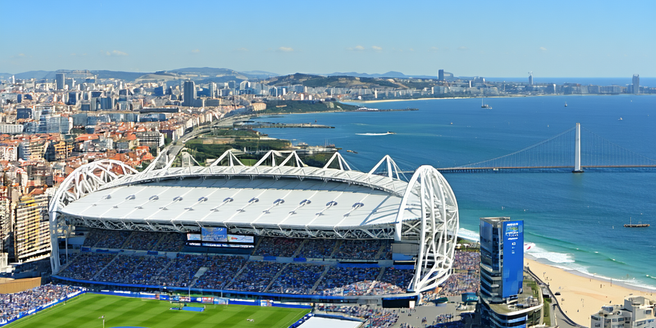
Understanding the Economic Impact of Elite Sports Clubs
Elite sports clubs play a vital role in boosting the economic landscape. They attract considerable investment in infrastructure, create jobs, and enhance tourism. As sporting events draw large crowds, local businesses such as hotels, restaurants, and retail stores see increased patronage, leading to higher revenues. Events often create short-term employment opportunities in areas like security, event management, and merchandise sales. Beyond direct financial benefits, the presence of elite sports clubs can put a city on the map, improving its international reputation and making it a more attractive destination for businesses and professionals. This ripple effect, in turn, fosters broader economic growth and development, showcasing the significant, far-reaching impacts these clubs have within urban regeneration strategies.
Case Studies: Elite Sports Clubs Driving Local Economies
Several case studies illustrate how elite sports clubs can act as catalysts for urban regeneration. For instance, the establishment of a major football club in a declining city district can transform the area into a thriving hub. This rejuvenation is driven by increased footfall on match days, often prompting new hospitality ventures to open. A historical review of clubs worldwide shows diverse impacts; in the UK, teams like Manchester City significantly enhanced the surrounding areas through infrastructure investments and community programs. Similarly, US cities hosting major league franchises witness economic booms, underpinned by brand new sporting complexes fueling ancillary business growth. These clubs can spur sustainable growth and long-term resilience by drawing visitors and creating vibrant, engaging spaces actively contributing to the local economy.
The Role of Government and Policy in Sports Economics
Government policies play an integral part in the economic success of elite sports clubs. Public investment in stadiums and sports infrastructure frequently serves as a catalyst for private investment and urban development. Strategic policies facilitate infrastructure advancements, incentivizing clubs to invest in local communities through tax breaks or grants. Policy environments that encourage sport at grassroots levels contribute to a refined talent pool, ensuring elite clubs remain competitive and successful. Governments can also foster public-private partnerships, merging resources while minimizing risks to taxpayers. In times of economic downturns or public scrutiny, transparency and accountability in policy formulation safeguard community interests. Thoughtful policy design aligns the objectives of sports clubs with regional economic goals, ensuring that the development yields both social and economic returns.
Investment in Sports Infrastructure: Long-Term Gains
Investing in sports infrastructure creates a foundation for both immediate and long-term economic gains. Building state-of-the-art stadiums not only enhances fans’ experiences but also serves as multi-purpose venues capable of hosting concerts and conventions. This diversification broadens tourism appeal and generates additional revenue streams beyond sports. Well-planned stadium locations spur community growth, driving improvements in surrounding transportation and utilities. Moreover, such investments often require a skilled workforce, influencing educational programs and vocational training linked to sports management and hospitality. When paired with thoughtful urban planning, sports infrastructure projects catalyze sustainable economic growth. Community engagement programs initiated by sports clubs further aid in community development, ensuring that investments in infrastructure also enhance social welfare.
Future Trends: Elite Sports Clubs and Global Economic Growth
As we move forward, elite sports clubs are poised to impact global economic growth significantly. The digital age has opened new revenue channels, with clubs leveraging social media and digital platforms to engage with international audiences. Global broadcasting and streaming rights continue to soar, driving larger financial returns and emphasizing the importance of digital strategies. Additionally, environmental sustainability is increasingly becoming a priority, with clubs adopting eco-friendly practices that attract socially-conscious investors and fans. As clubs expand their reach, international collaborations and tournaments provide broader economic benefits to host countries. By tapping into these future trends, elite sports clubs will not only secure their economic prosperity but also contribute substantially to the global economic tapestry, enhancing cultural exchange and international goodwill.
